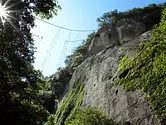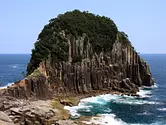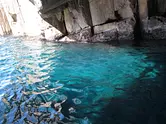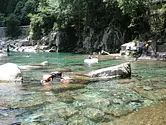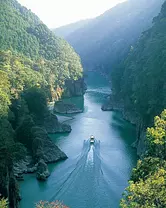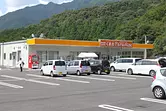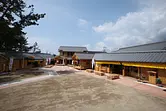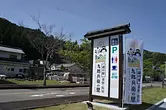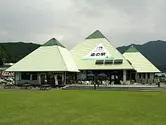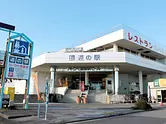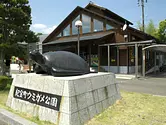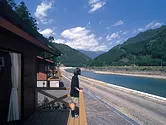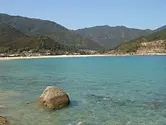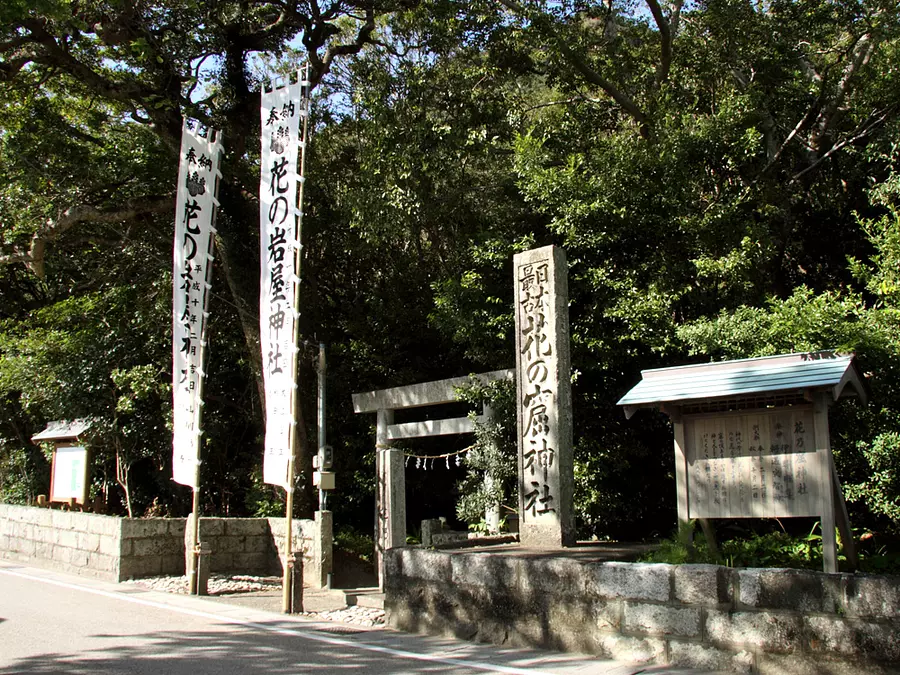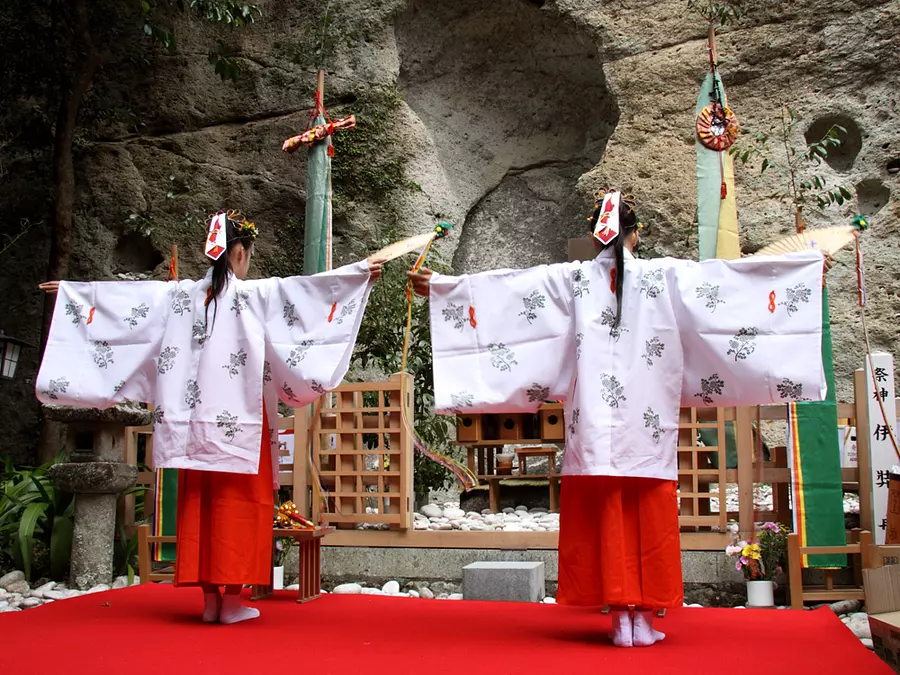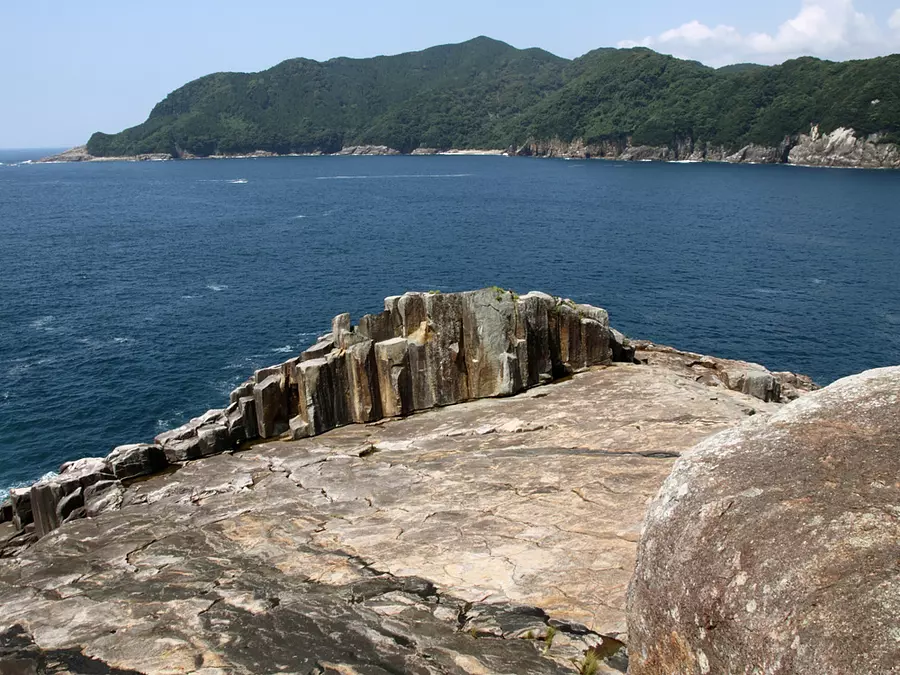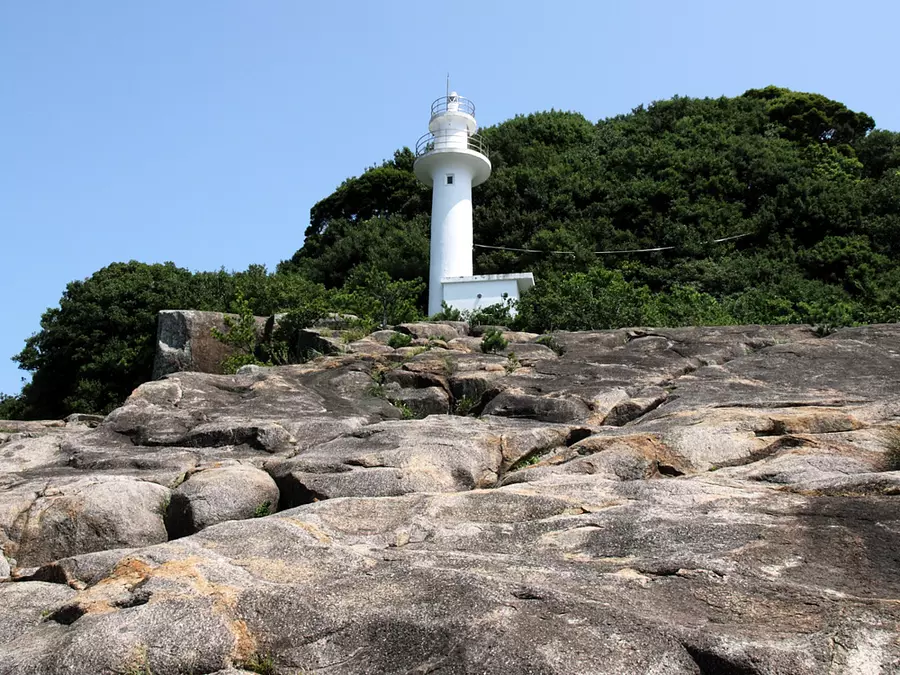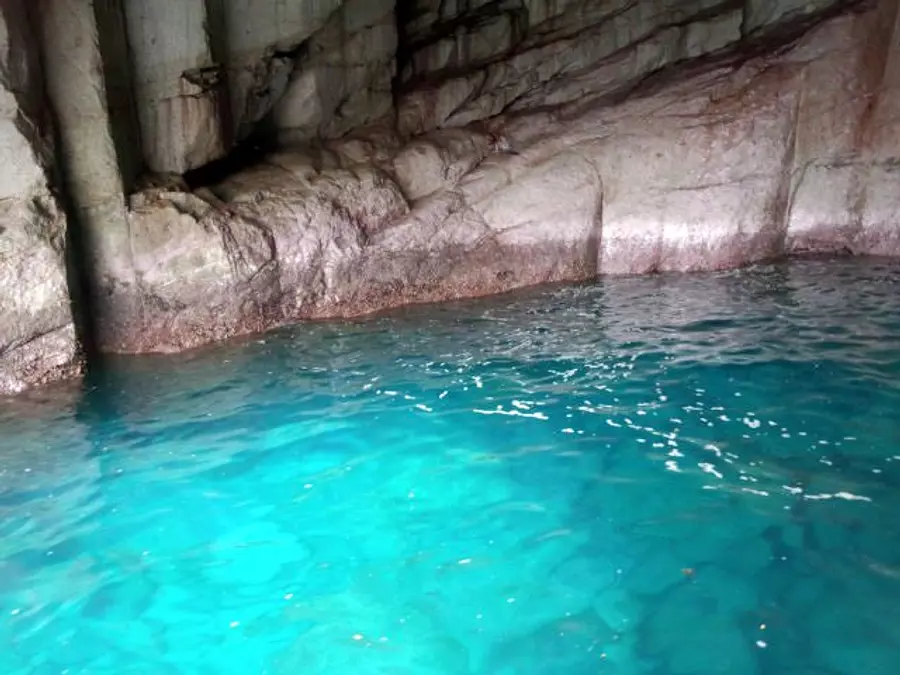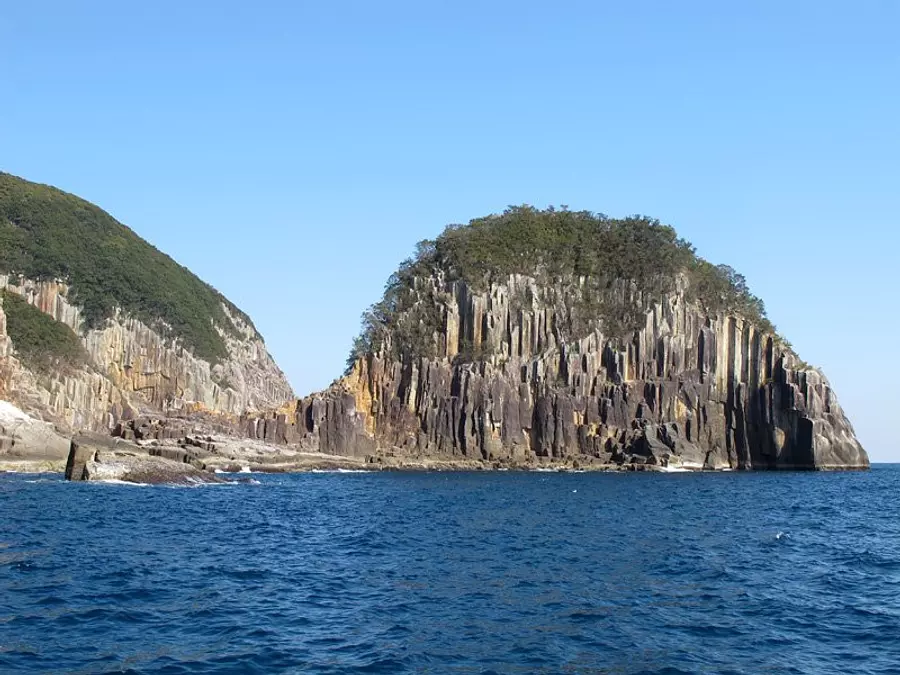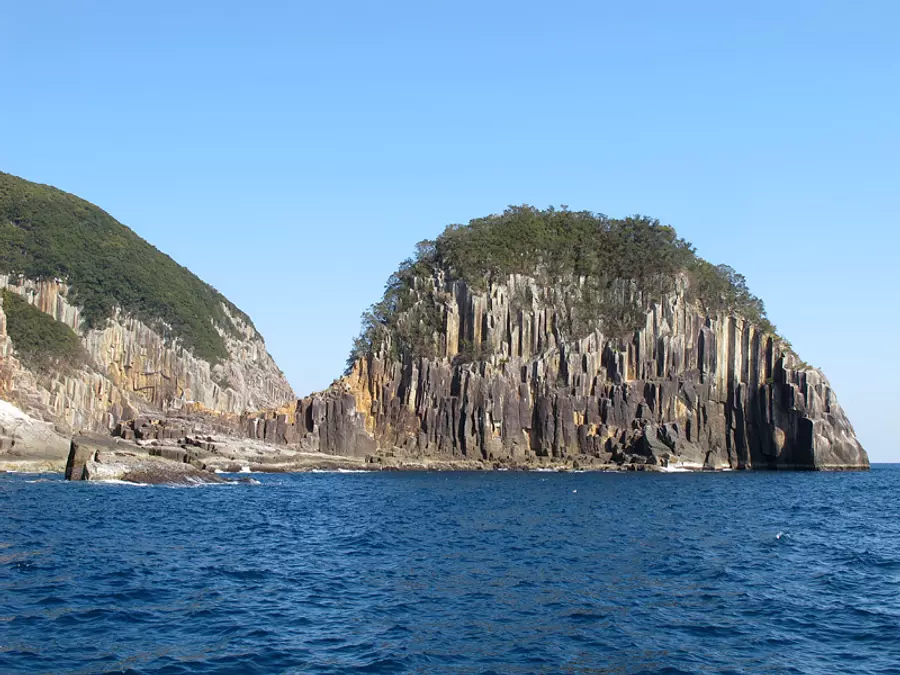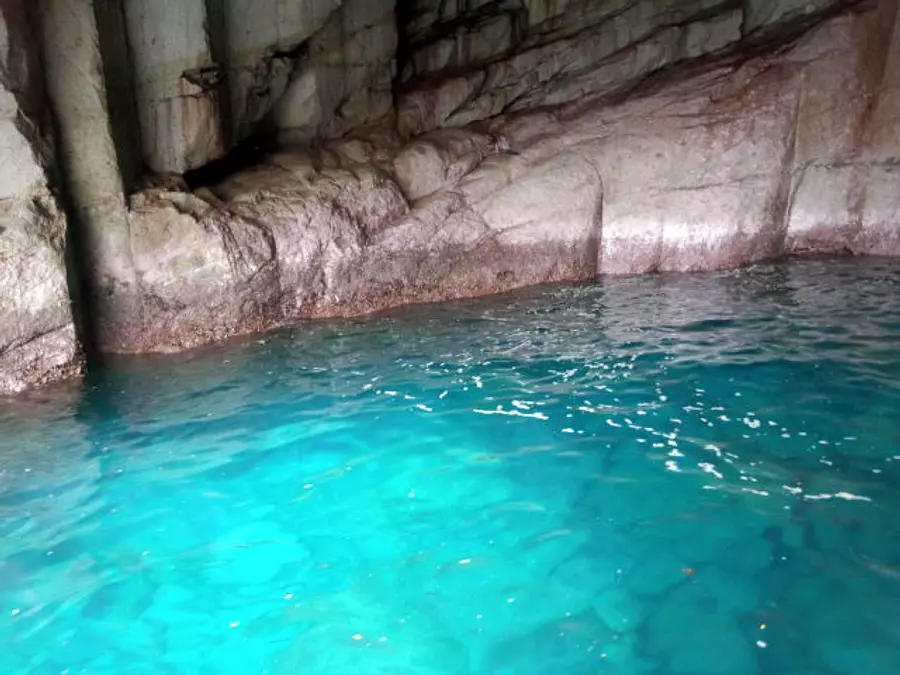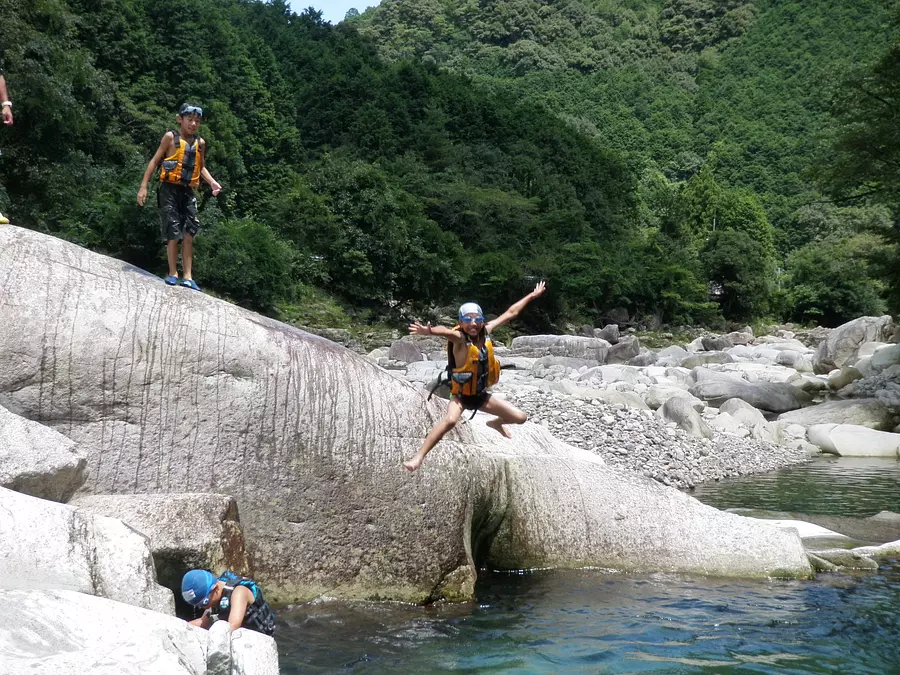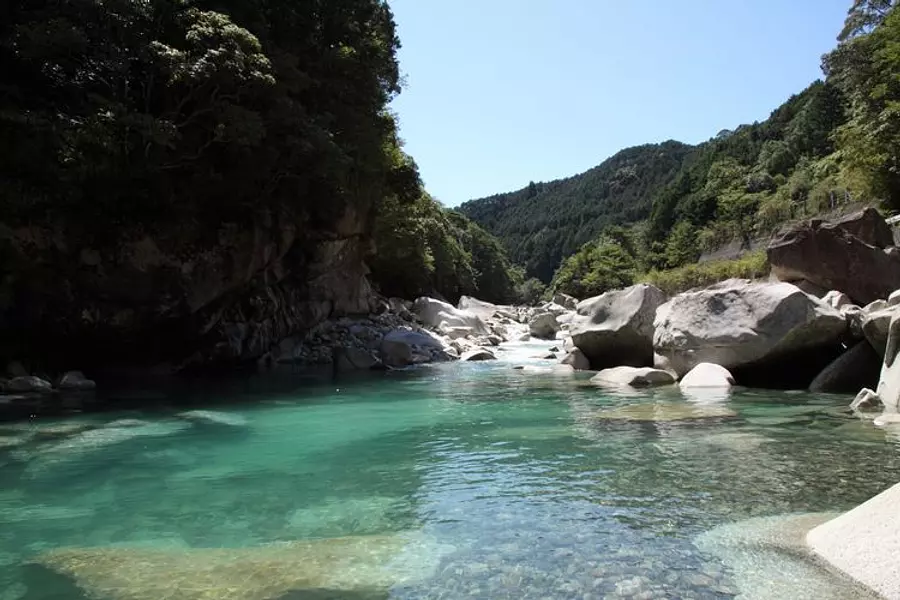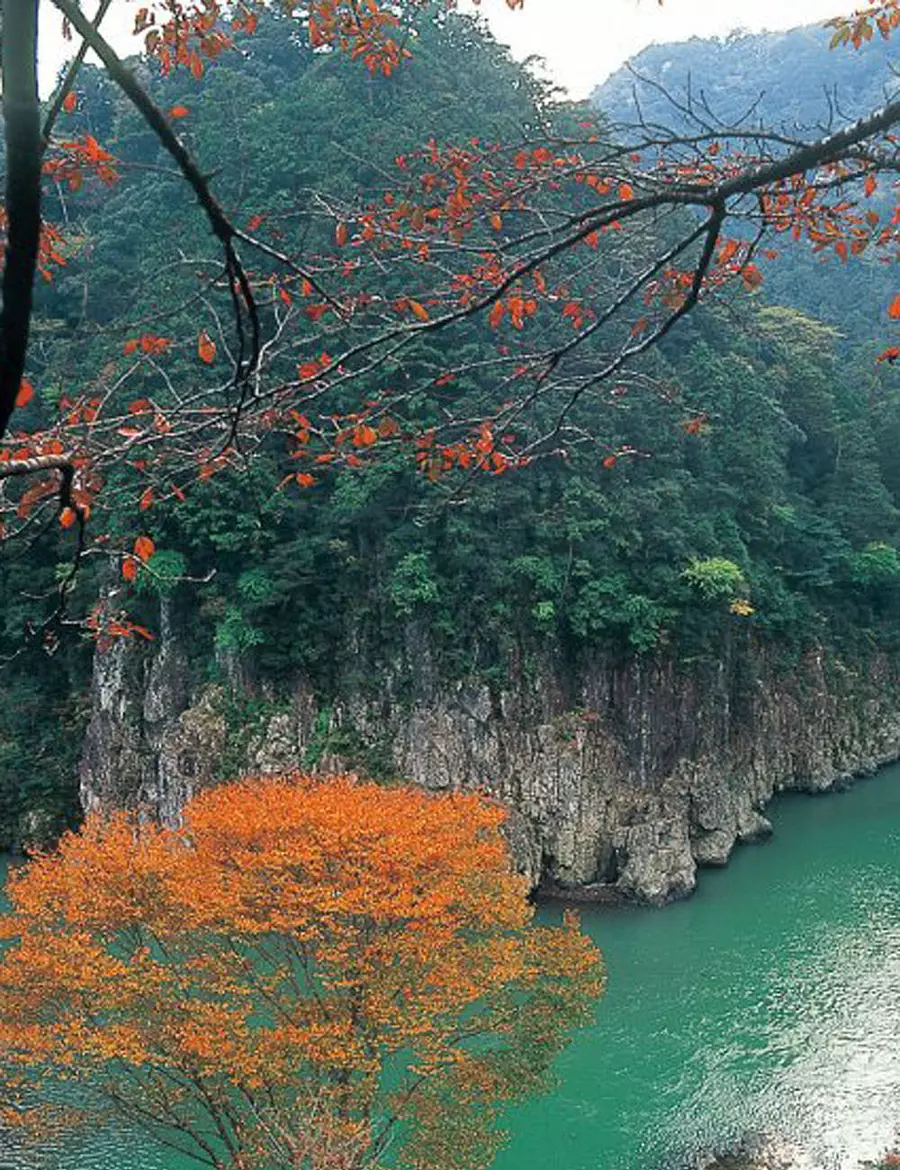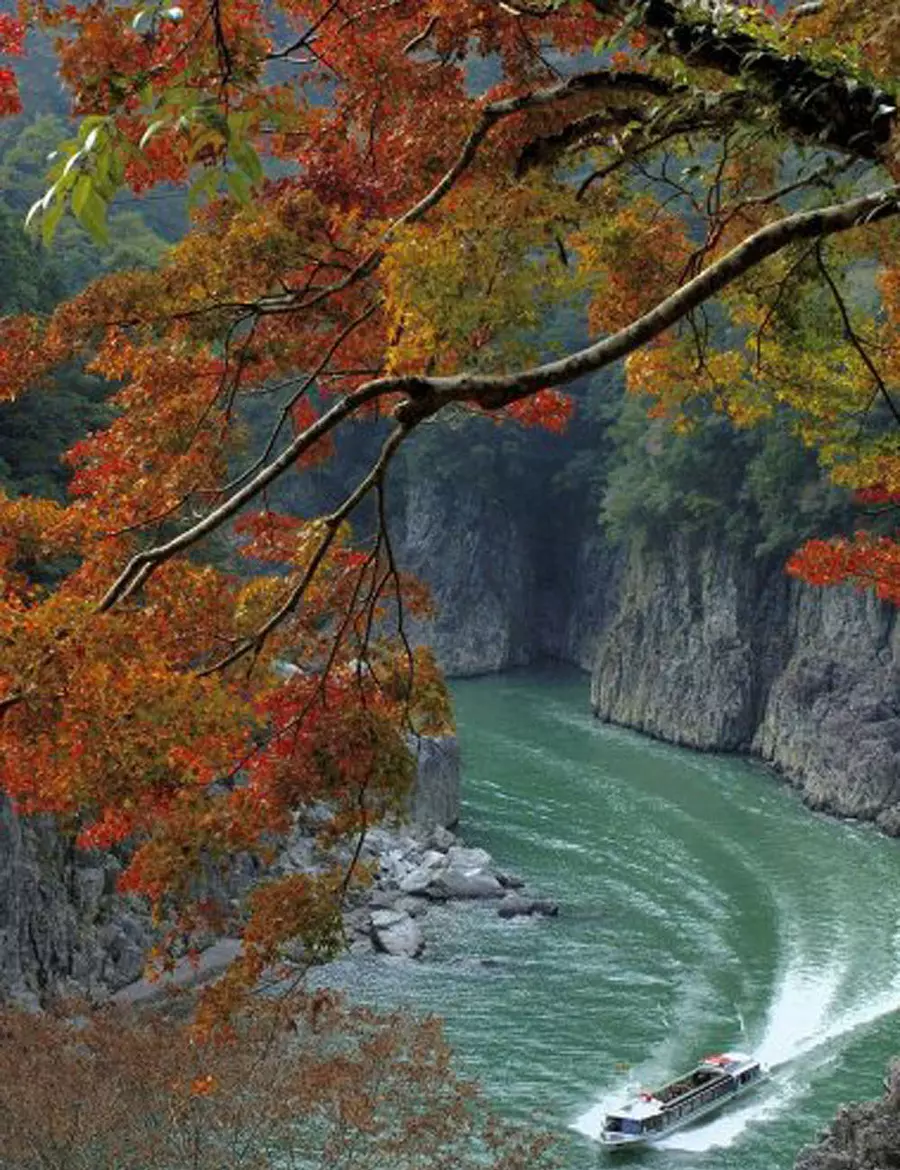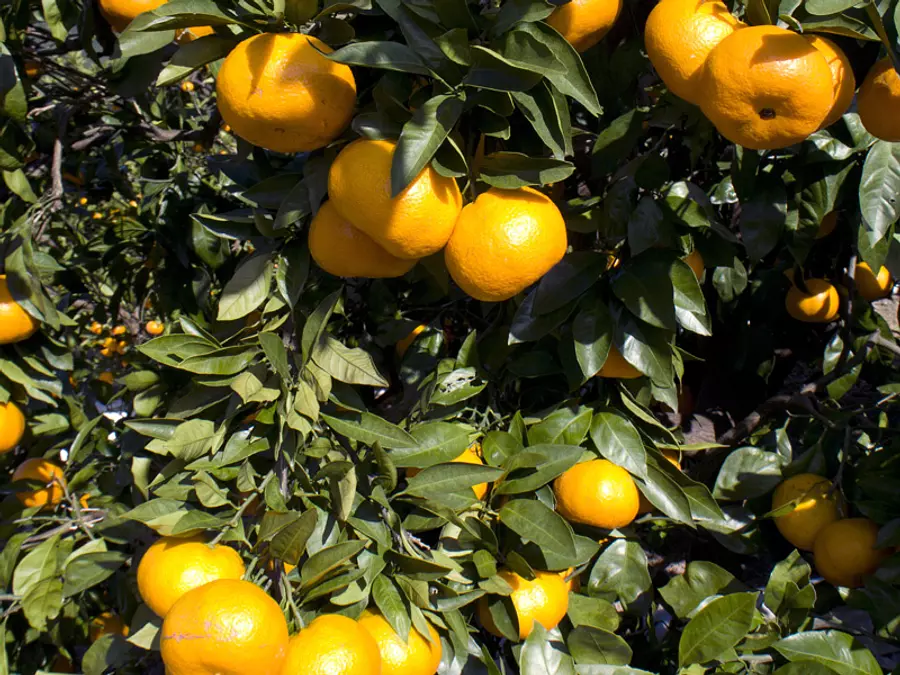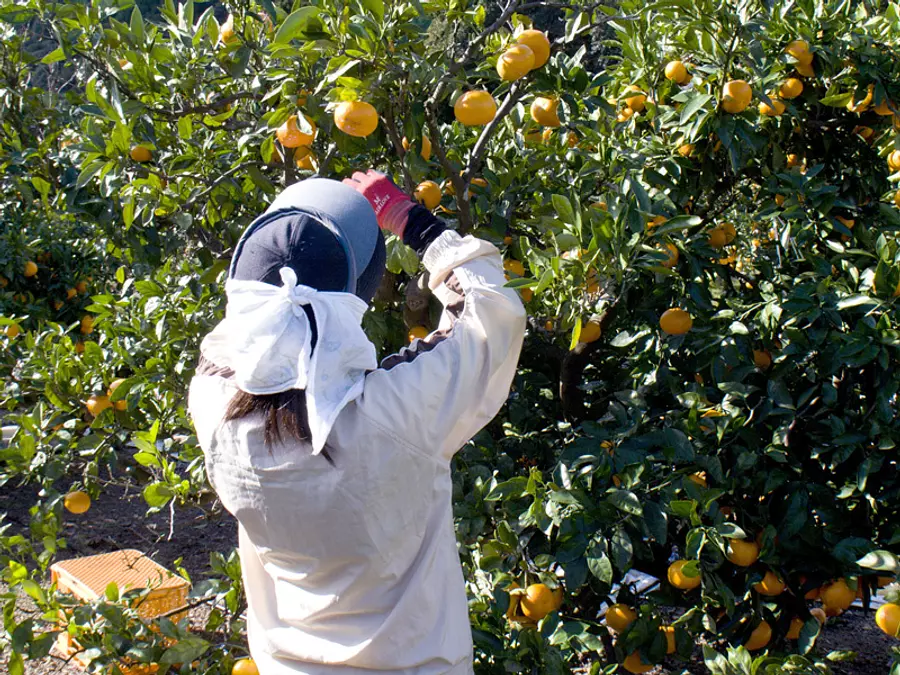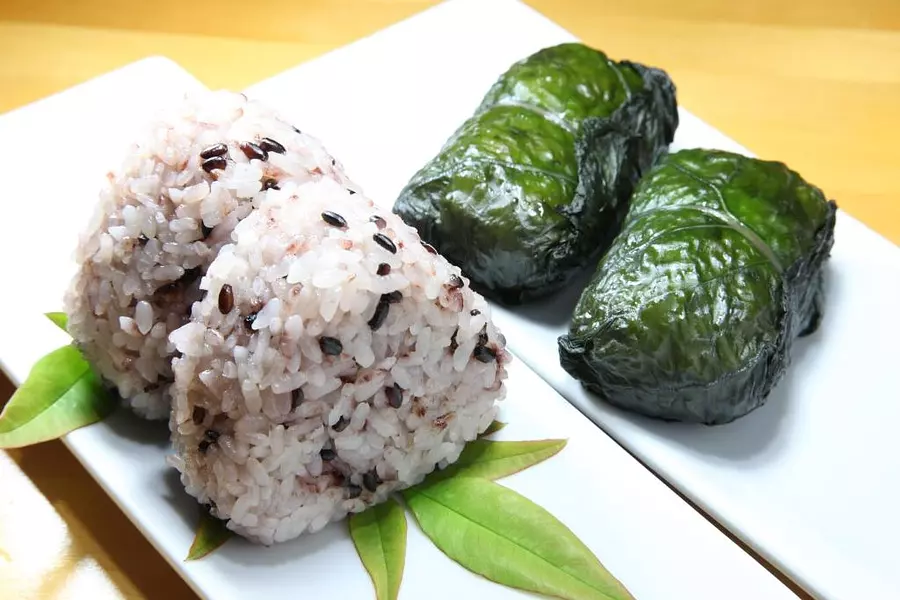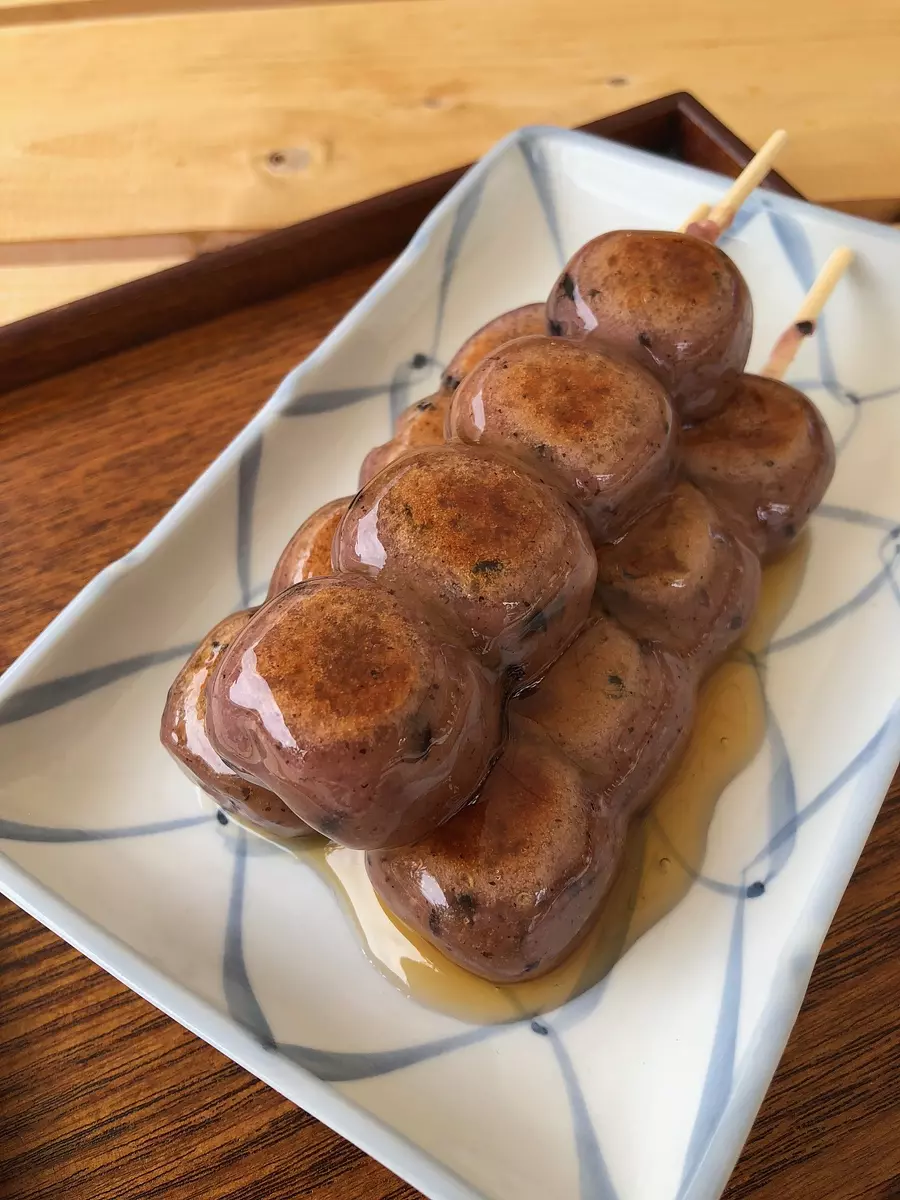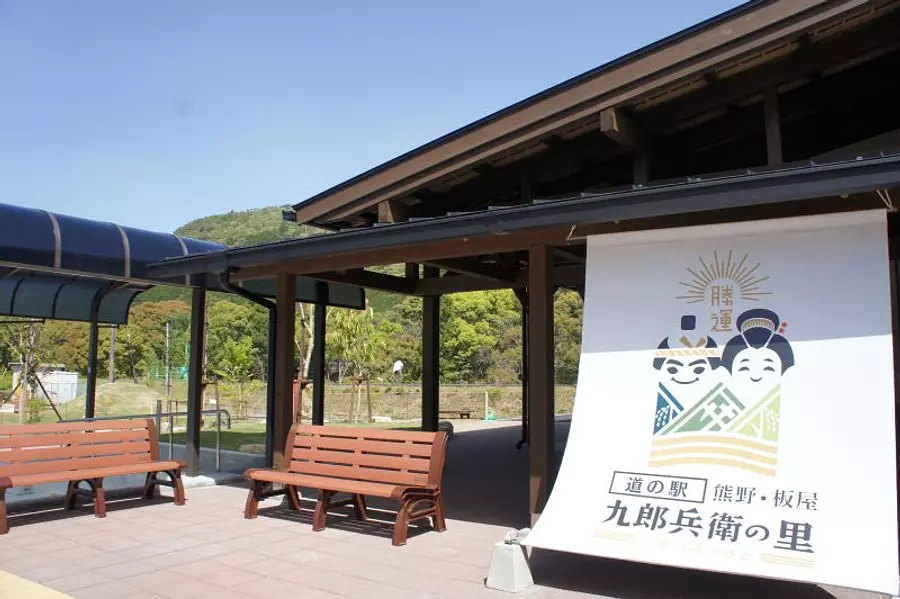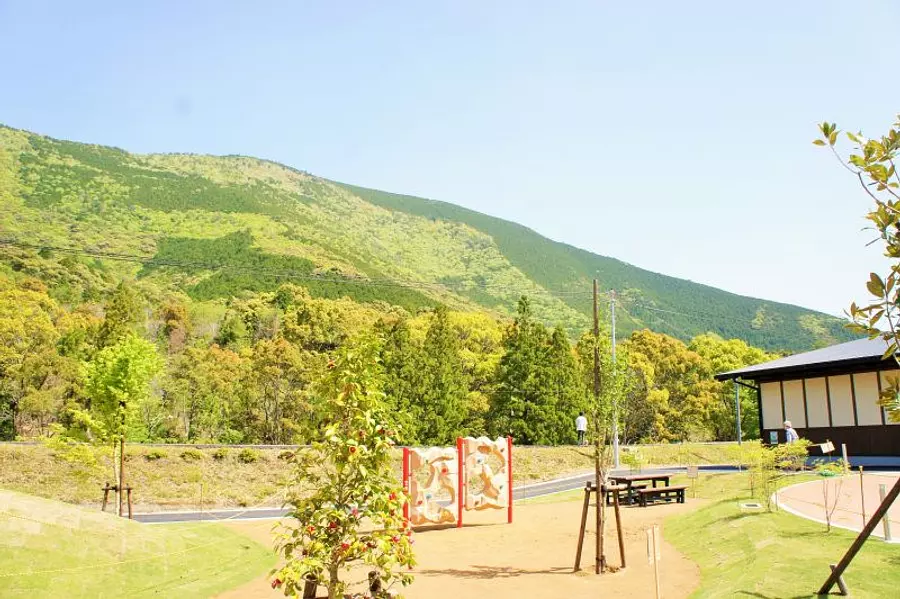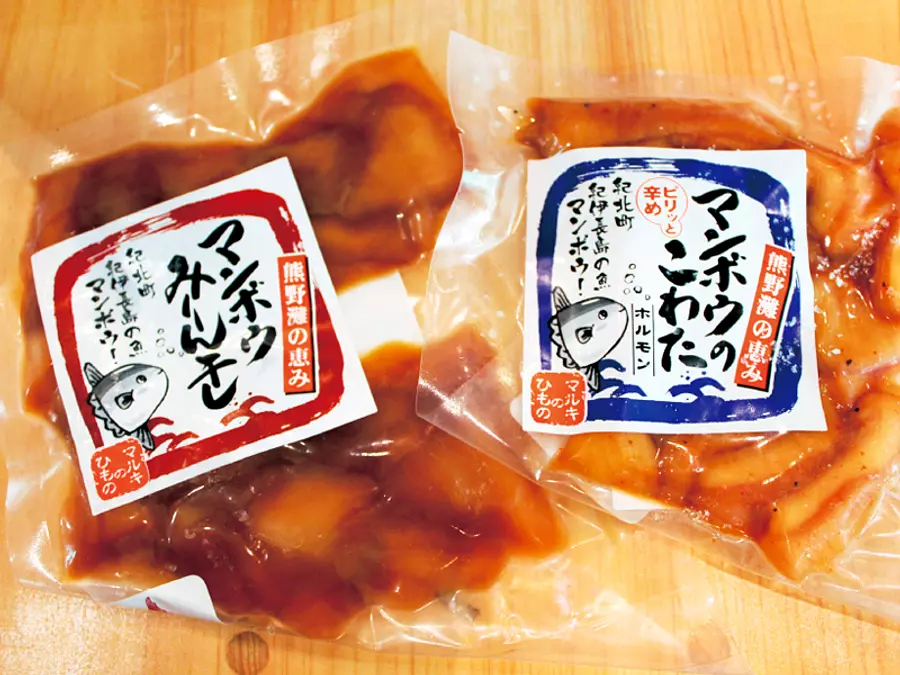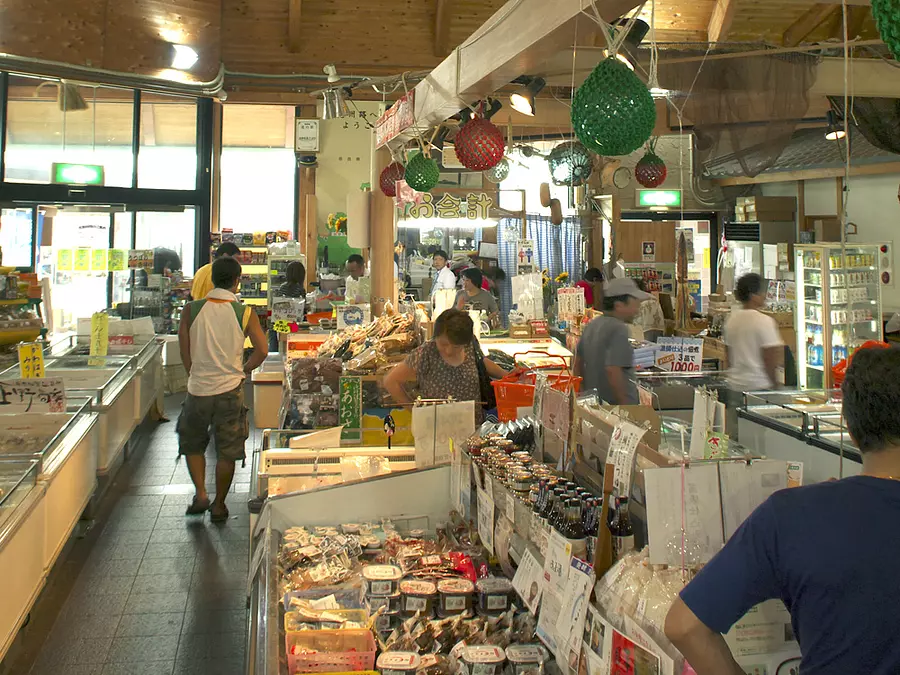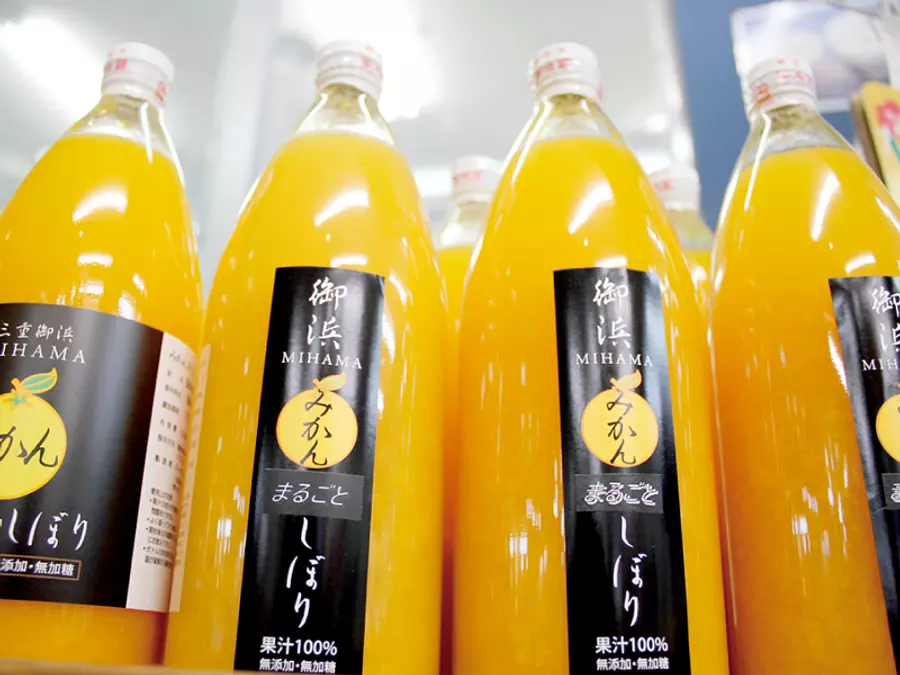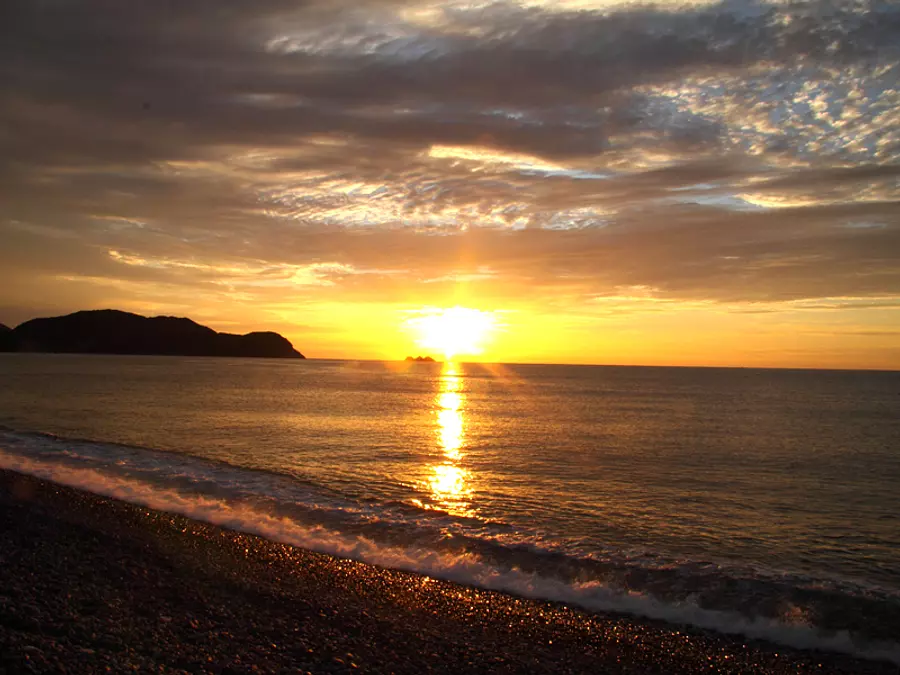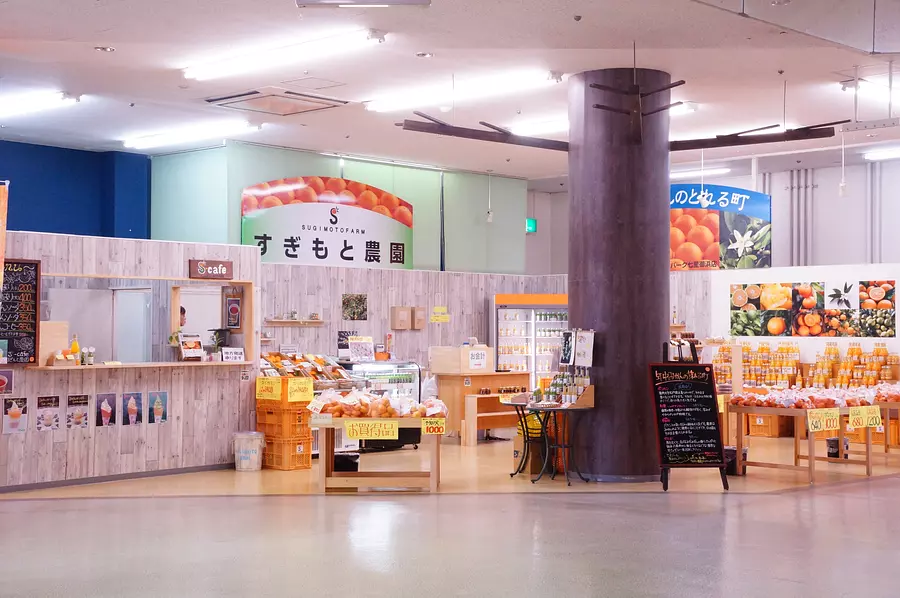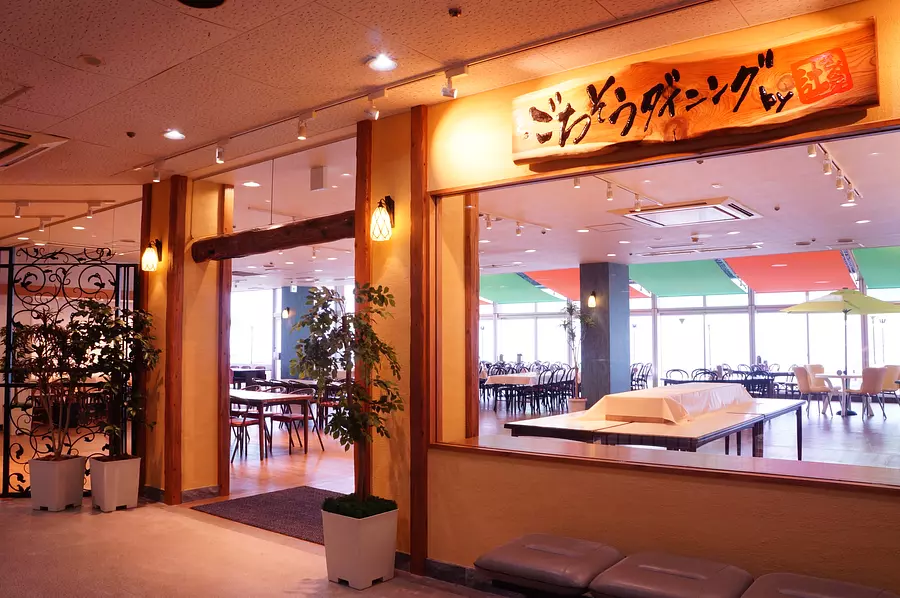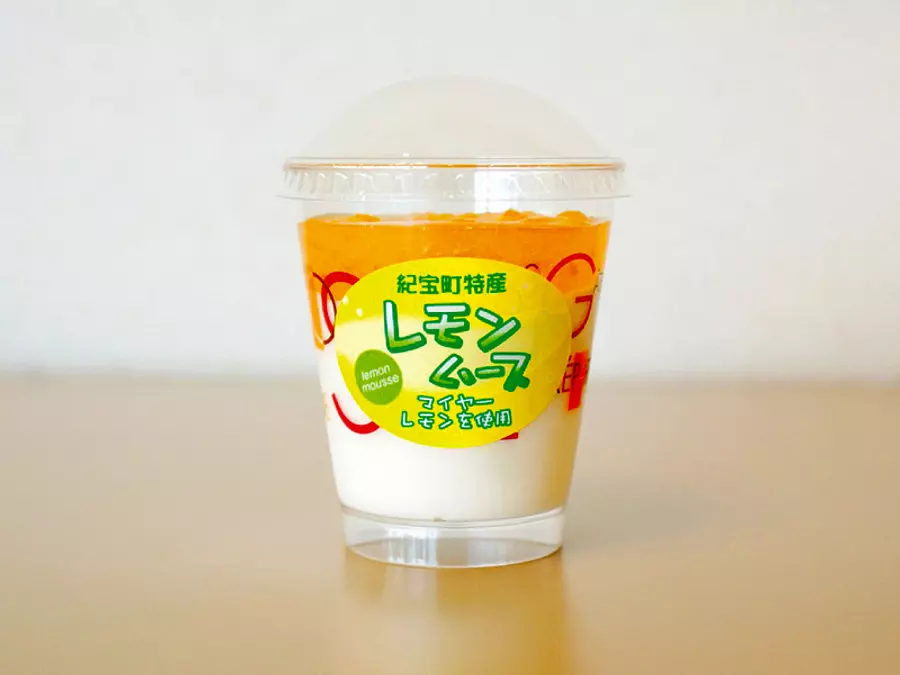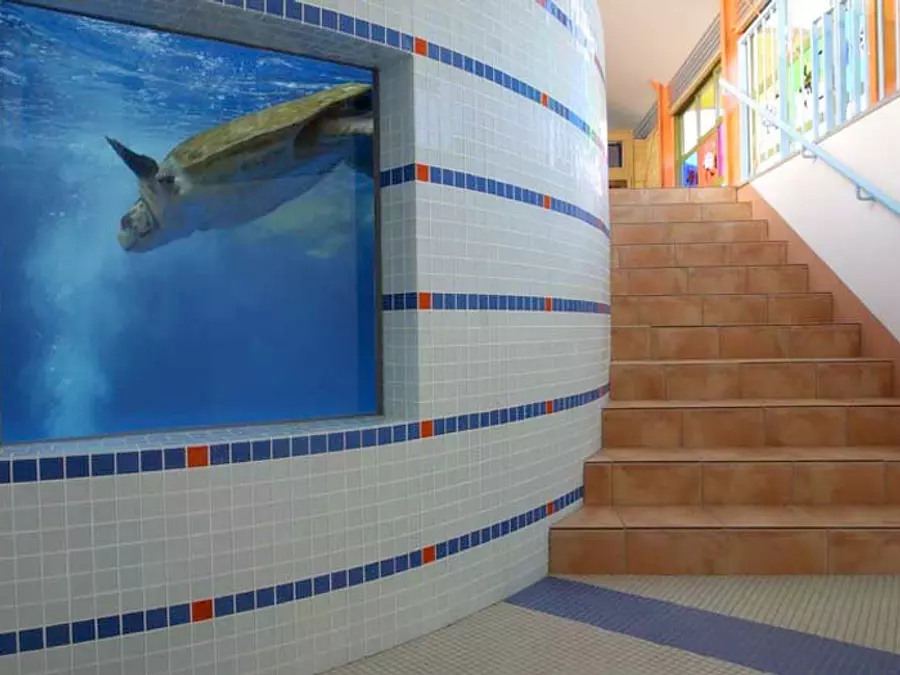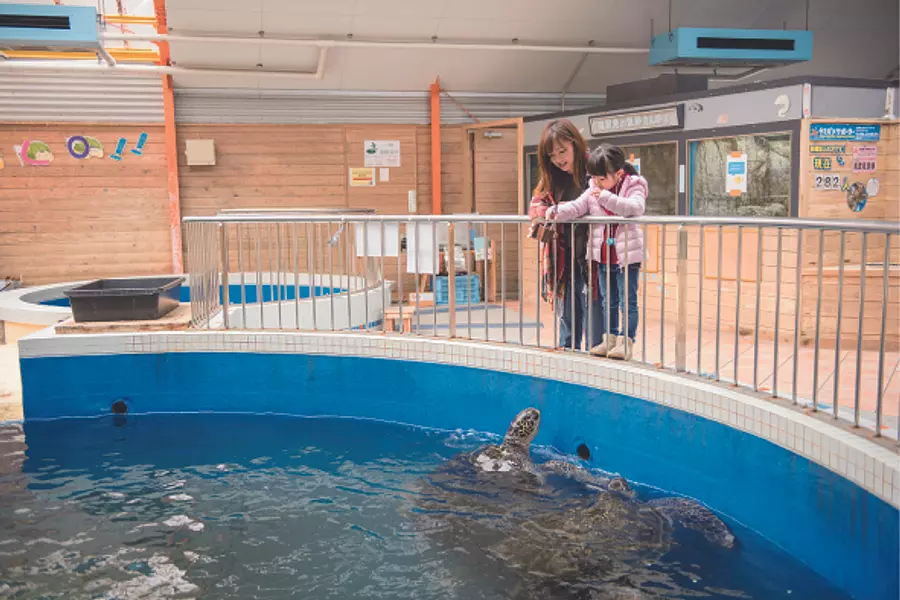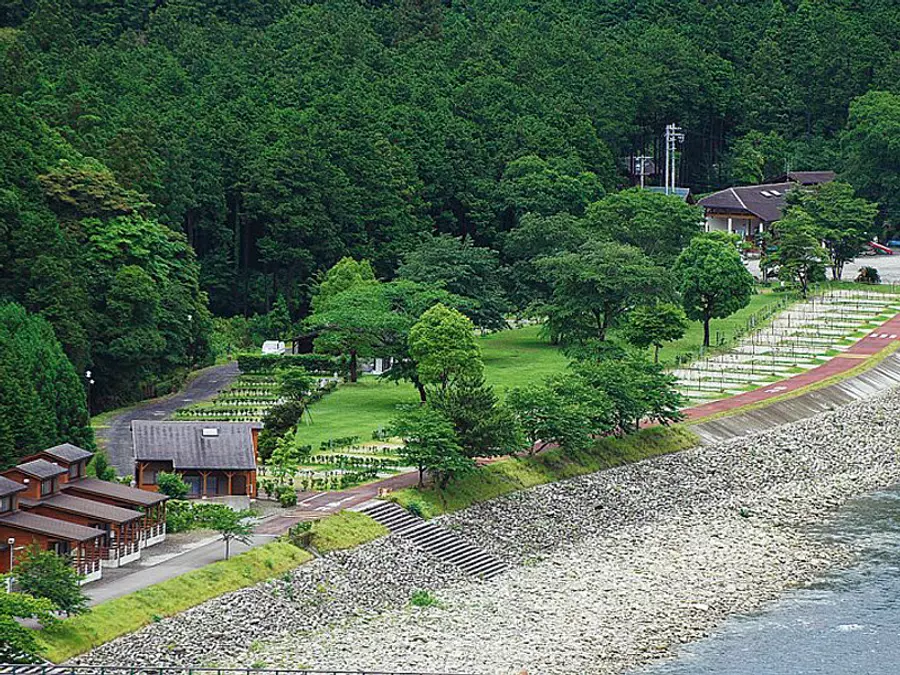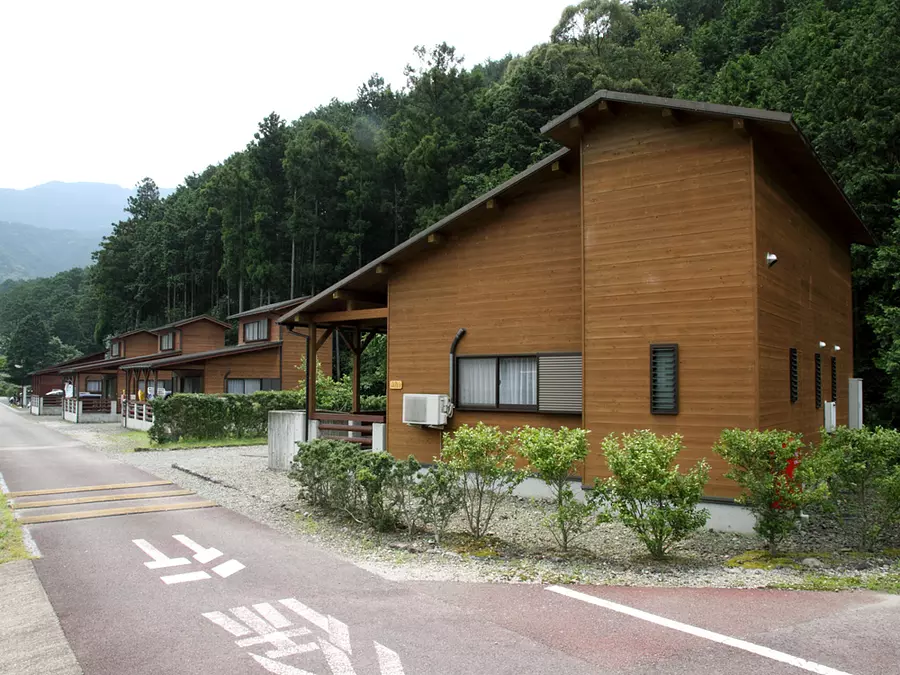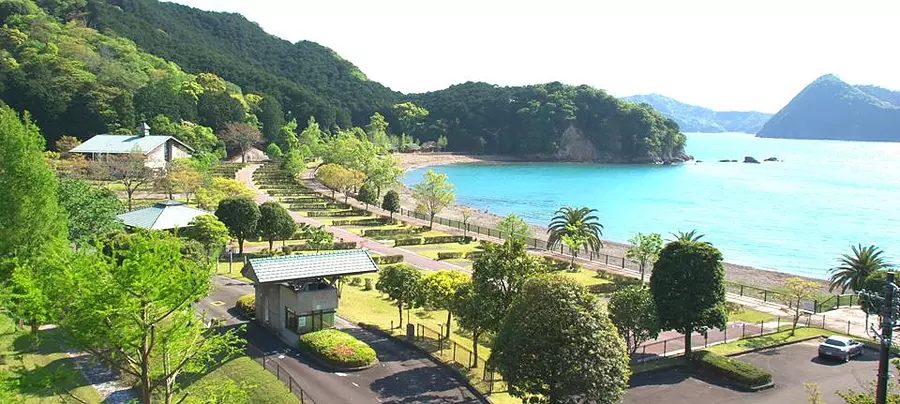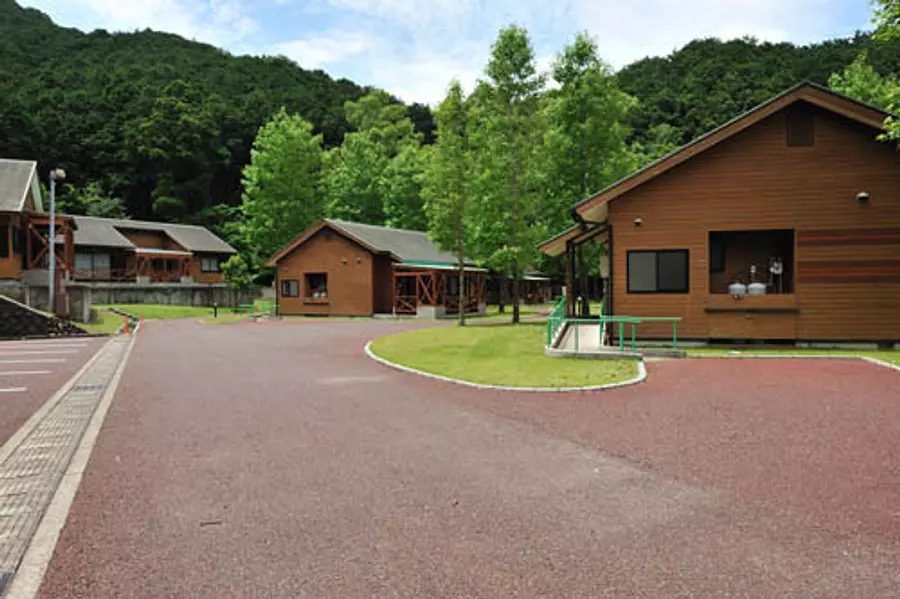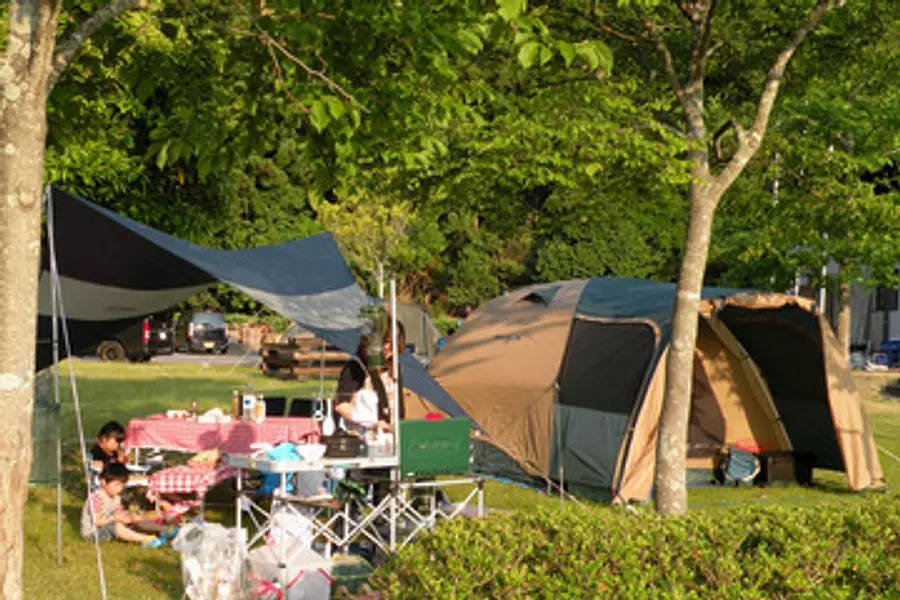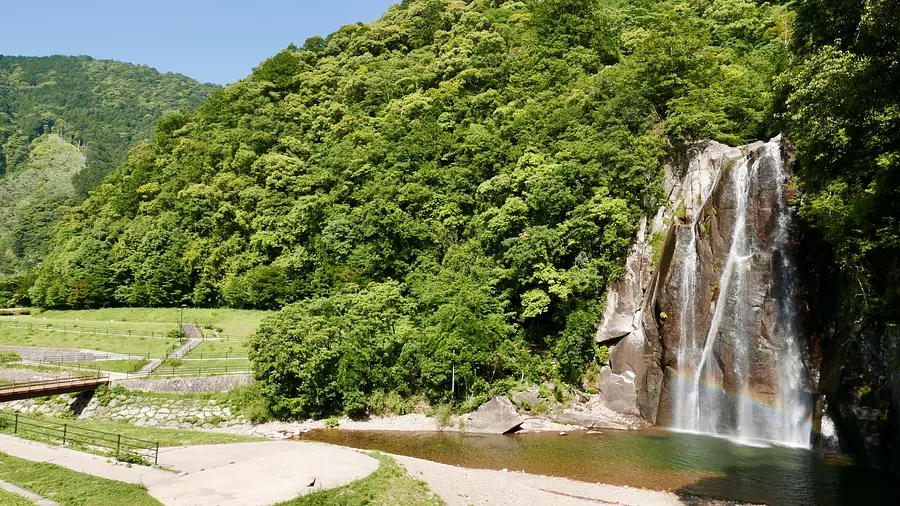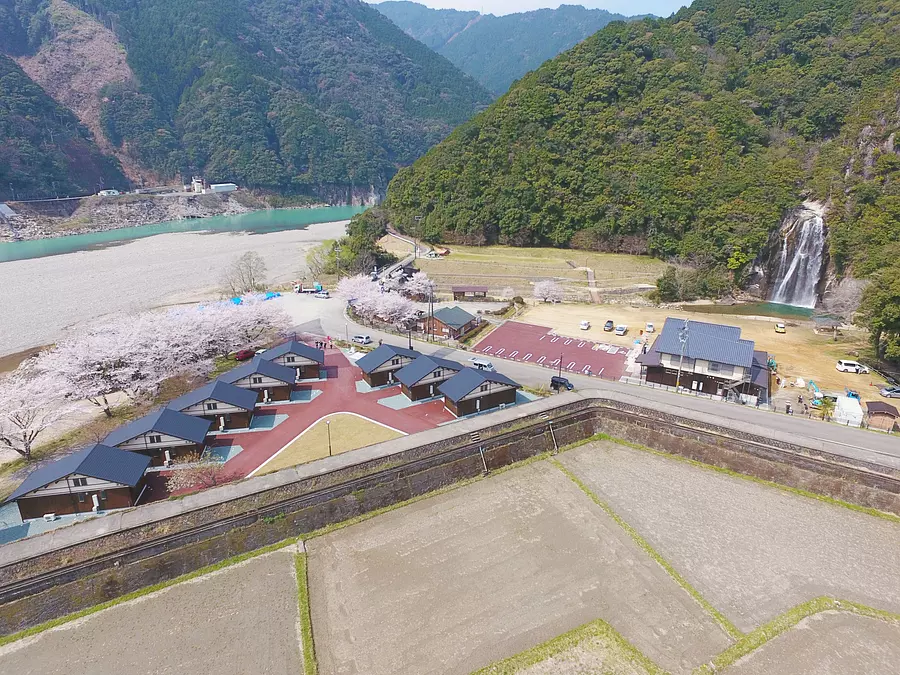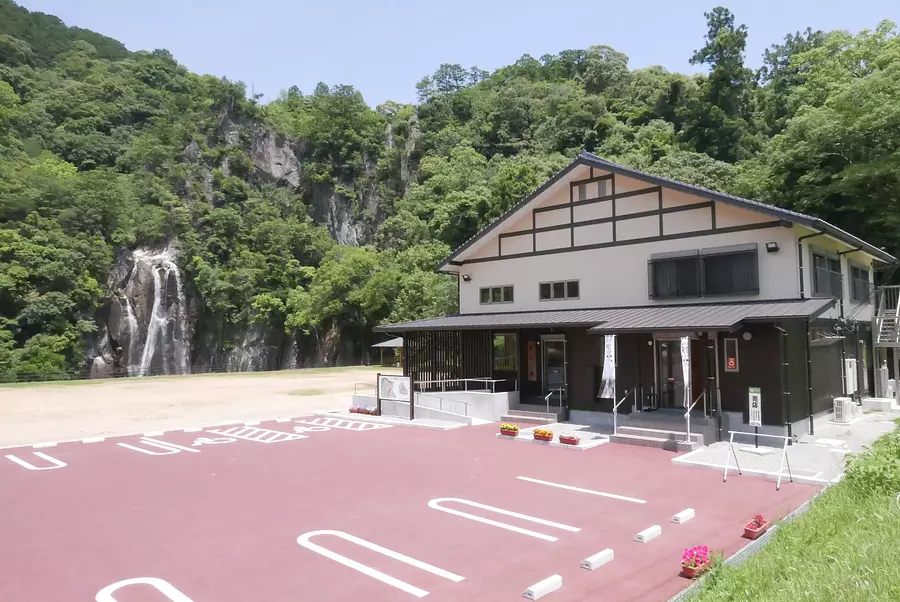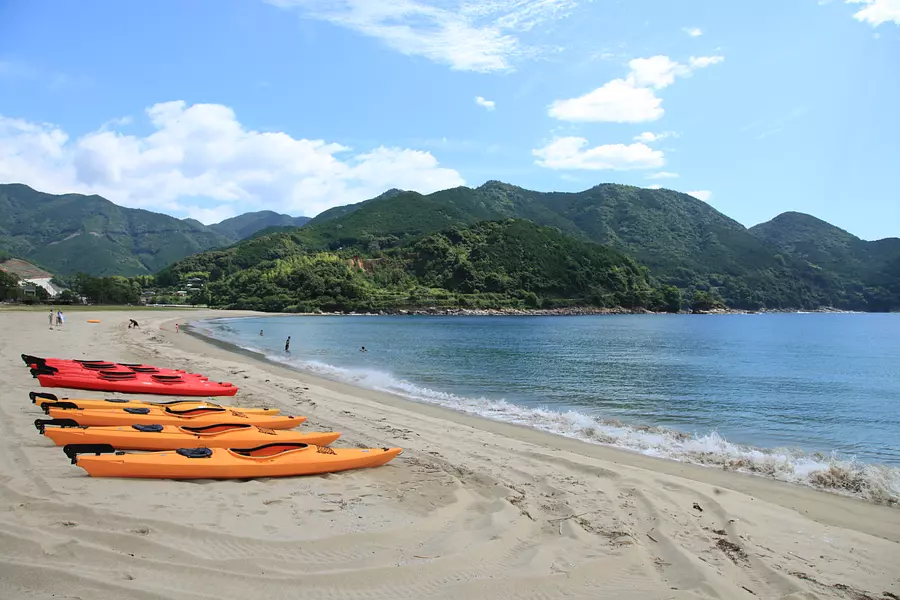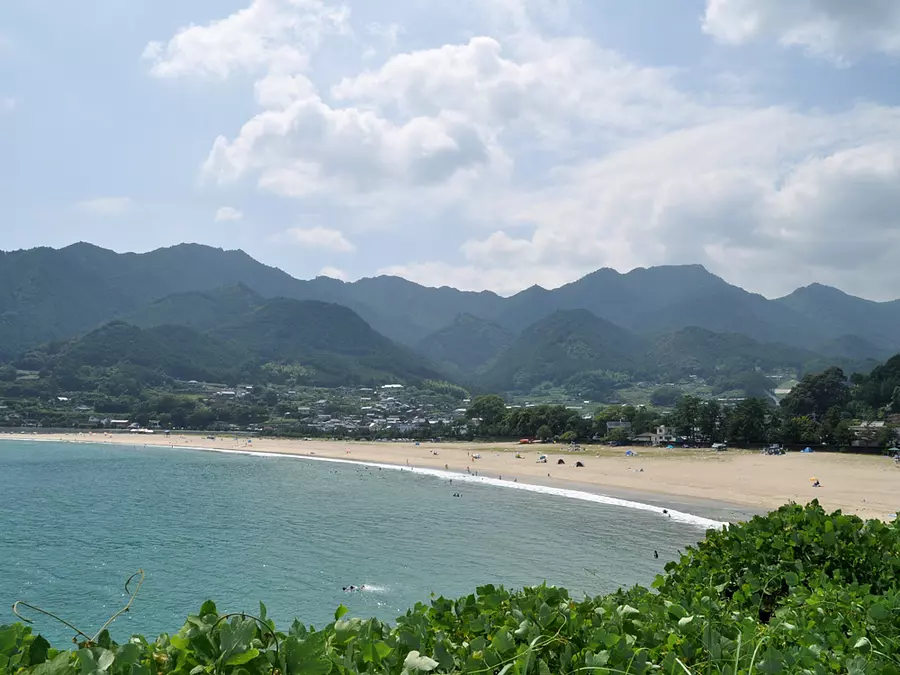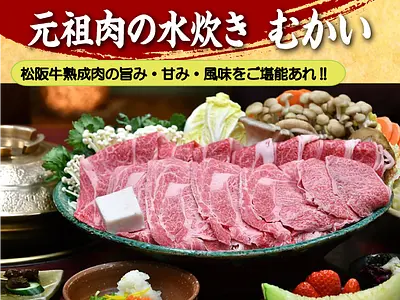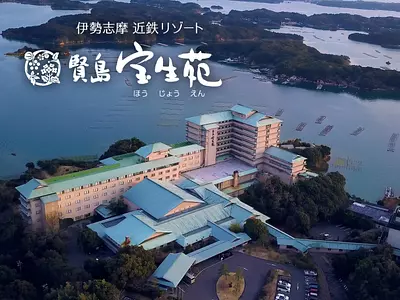Special feature on popular, standard, and little-known sightseeing spots in HigashiKishu area ♪ [Quick understanding of Mie's highlights: HigashiKishu edition]
掲載日:2017.02.27
Special feature on popular tourist spots in HigashiKishu area!
Kumano Kodo, a pilgrimage route registered as a World Heritage Site, is located in this area.
The natural scenery is also beautiful, such as Onigajo, Shichirimihama, and MaruyamaSenmaida.
< OwaseCity KumanoCity KihokuTown MihamaTown KihoTown >
○Special site for the HigashiKishu area “First Kumano Kodo – Walking the Iseji Route”
index
Magose-togePass (Kumano Kodo Iseji) (Kihoku Town, KihokuTown)
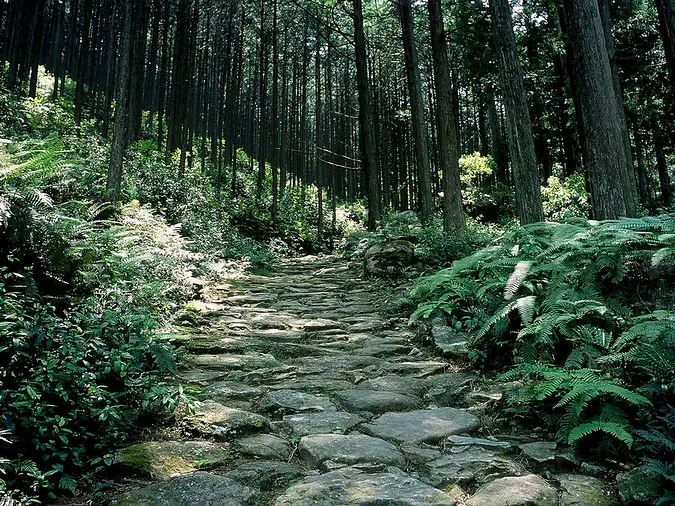
A popular mountain pass on the border of KihokuTown and OwaseCity, the stone pavement, which is said to be the best on the Kumano Kodo Iseji Route, continues through a beautiful forest of Owase cypress trees. There are many historical sites such as the Night Cry Jizo that remain, allowing you to experience the atmosphere of the Kumano Kodo.
From the pass, there are also hiking trails that lead to the peaks of Mt. Tengukura and Mt. Binishi, both of which offer spectacular views. Magoshi Park, located at the bottom of the mountain pass, is also a famous spot for cherry blossom viewing, and is a popular spot that many people visit in the spring.
Related information
Interview report: Let's walk the world heritage site "Kumano Kodo" and enjoy the seafood of Owase! Enjoy the warm hospitality of the locals♪
Interview report: Have a fun and healthy trek through Kumano Kodo Magoshi Magose-togePass and Tengukurayama with an Owase therapist! It is safe even for beginners in mountain climbing♪
TsuZurato-togePass (Kumano Kodo Iseji) (KihokuTown)
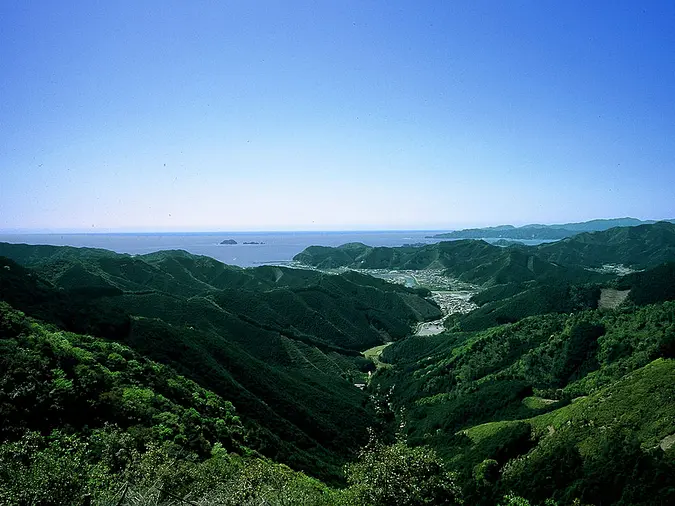
A mountain pass that was once the border between Ise Province and Kii Province. Even after the route to Kii was moved to Kasaka Pass, this road was used as a daily route until the early Showa period. Travelers heading from Ise to Kumano saw the sea of Kumano for the first time after standing on this mountain pass, which was the gateway to the sacred place of Kumano.
"Tsuzurato" means "ninety-nine folds." As the name suggests, the mountain pass road that descends to nagashima has a series of curves. The road is still well maintained, and the cobblestones and stone walls are well preserved.
Matsumoto Pass (Kumano Kodo Iseji) (KumanoCity)
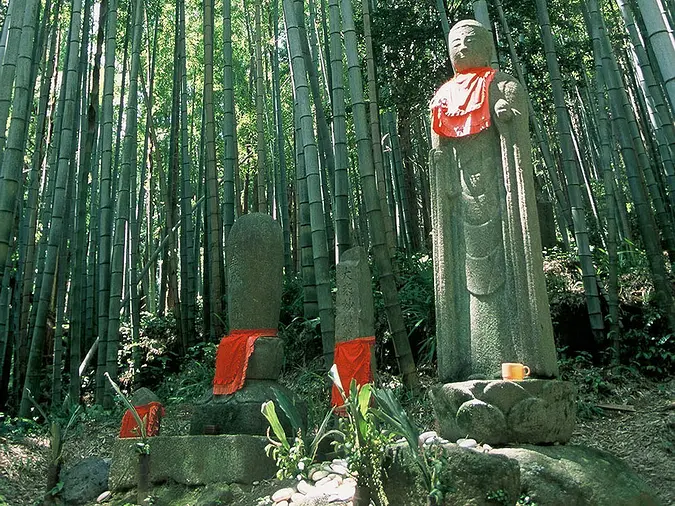
A mountain pass that connects Odomari and Kimoto in KumanoCity. Most of the road still has cobblestones, and it is located on the mountainside of Onigajo, a scenic spot.
A Jizo statue that is said to have been shot with a gun stands on a pass surrounded by a bamboo grove, and from the plum grove along the way you can see Shichirimihama Beach.
It also includes a round-trip course from Matsumoto Pass to Onigajo Observation Deck, so if you are confident in your physical strength, why not take that route?
Once you cross Matsumoto Pass, there is no pass to get to Shingu, and this is the place where pilgrims of the past would have thought of Kumano Hayatama Taisha Shrine, which is enshrined in Shingu beyond Shichirimihama.
Related information
Onigajo (KumanoCity)
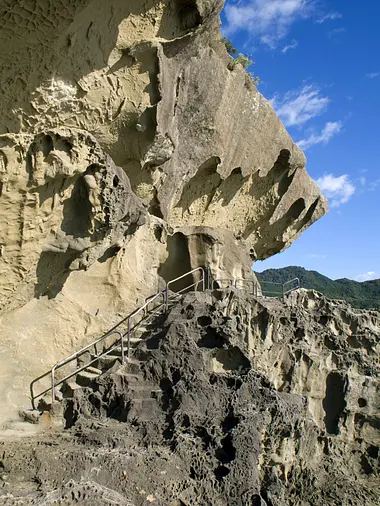
A natural art created by uplift, weathering, and wave erosion, it is a national scenic spot and natural monument that stretches for 1 km facing the Kumano Sea. At the top of the mountain, there are castle ruins from the Sengoku period, and there is a hiking course that connects it to Kumano Kodo and Matsumoto Pass. You can see the entire Kumano Sea from the observation deck called Oni-no-Miharashi.
The hiking trail leading to the mountaintop is lined with cherry blossoms, and in spring, four types of cherry blossoms bloom one after another, delighting the eyes of tourists who visit for long periods of time.
Related information
ShichiriMihamaBeach (KumanoCity, MihamaTown, KihoTown)
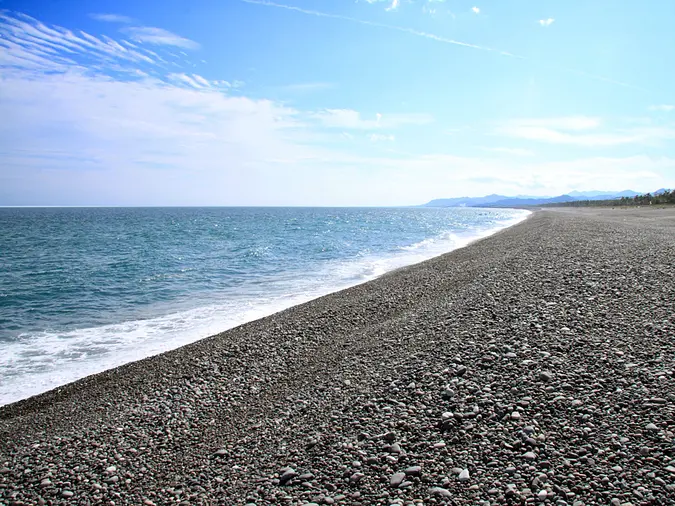
It is the longest gravel beach in Japan, stretching approximately 22 km from KumanoCity to KihoTown, and has been selected along with other kachiji across the country, including ``Japan's Top 100 Beaches'' and ``Top 100 Nature Desired to Preserve in the 21st Century.'' I am.
This beach, which gently receives the turbulent Kuroshio current, is paved with pebbles that have been polished by the rough waves of the Kumano Sea, which runs from the upper reaches of the Kumano River through Shingu. Colorful pebbles called ``Mihama pebbles'' are picked up by ``pickers'' and used for accessories. It is also known as a landing site for loggerhead sea turtles.
Related information
Hananoiwaya-jinjaShrine (KumanoCity)
Hana-no-Iwaya is mentioned as a ``stage for domestic production'' in the first part of the Jindai period of Japan's first history book, Nihon Shoki, which was written in 720 (Nara period). This place has an important meaning as the ancient sacred place ``Kumano of Kumano'', which predates the Kumano Sanzan faith, and is truly a place that can be called the roots of the Japanese people.
History books mention that the sacred treasures were moved from Hana-no-Iwaya to Hongu Taisha. Just as written in the Nihon Shoki, the annual festival is still held on February 2nd and October 2nd every year, and many people come to worship.
Related information
MaruyamaSenmaida (KumanoCity)
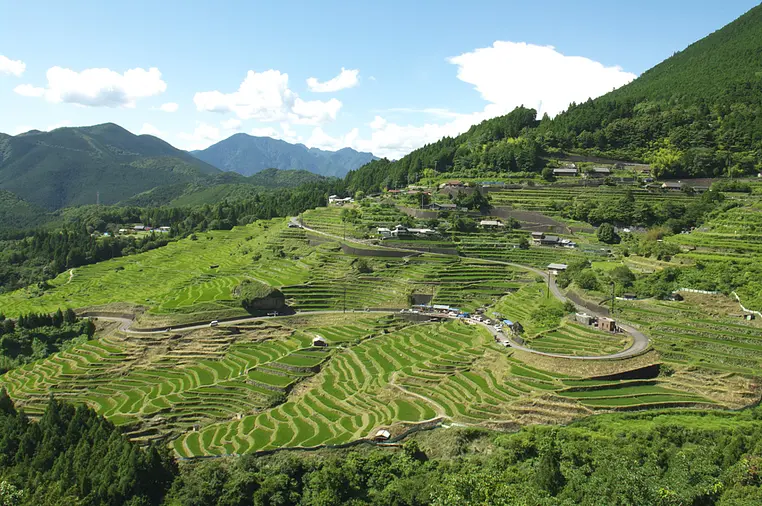
In the Maruyama district of KumanoCity, there are many small rice fields called Senmaida. The scenery is spectacular, and it is said to be the best terraced rice field scenery in Japan. There are approximately 1,340 small rice fields stacked on top of each other, so much so that it is said that ``I thought one rice field was missing, but it was hidden under the shade.''
Numerous events are held throughout the year, including rice cultivation experiences, and conservation activities are carried out by local people.
Related information
Tsuenomine (KumanoCity)
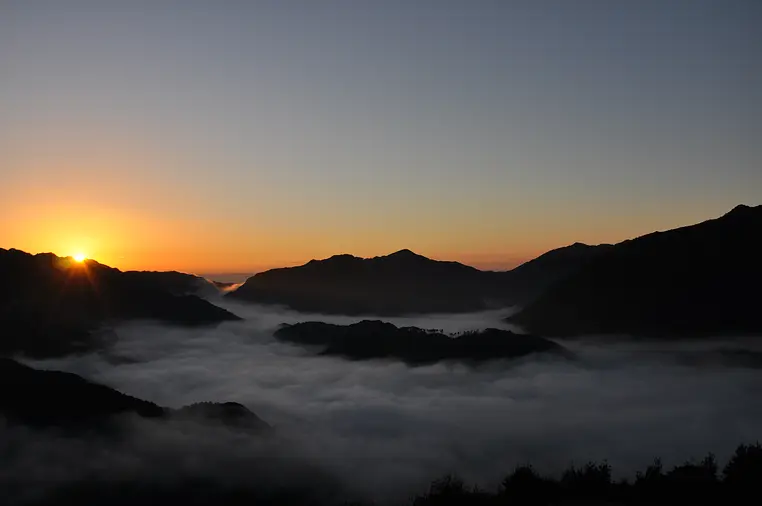
A spectacular view awaits you as you climb up the unpaved forest road.
It has been used as a take-off and landing place for paragliders, and in recent years has attracted attention as a spot for photographing a sea of clouds.
Related information
Akagi Castle Ruins (Akagi Castle Park) and Tahirako Pass Execution Ground Ruins (KumanoCity)
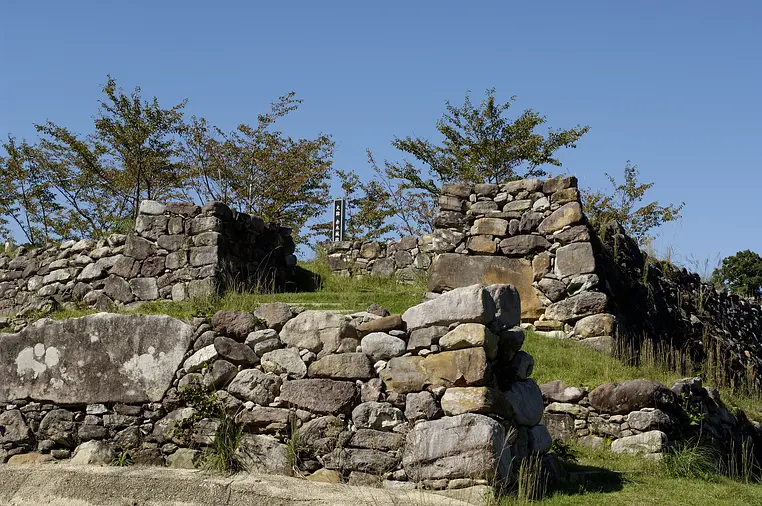
Akagi Castle is a flat mountain castle built by Todo Takatora, a master TakatoraTodo builder, using a combination of medieval and early modern castle construction methods, and has castle functions that can be considered the embryo of early modern castles. Also, the castle ruins floating in the morning mist are so fantastic that they are said to be castles in the sky. There are many cherry blossoms in the main building, and it is also known as a famous cherry blossom viewing spot.
The Tahirako Pass Execution Ground is the site where the Kitayama people who resisted the new feudal lords such as Todo TakatoraTodo, who were important figures in both the Toyotomi and Tokugawa regimes, were executed. It is an important ruin that shows the process by which the old forces were suppressed despite their repeated resistance.
Related information
Trolley train (underground train) (KumanoCity)
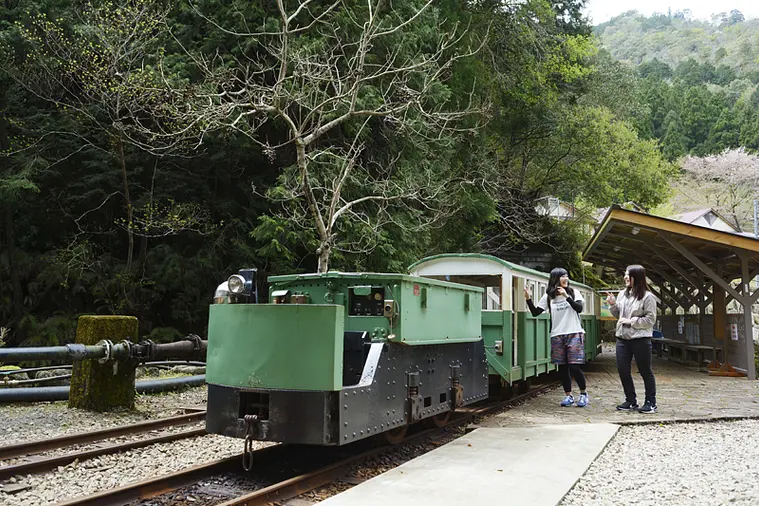
Kiwa-cho, KumanoCity Mie Prefecture, was once famous as a mining town, and has a long history, with copper being mined for over 1,200 years. The trolley that was actually used in the mine has been revived for tourist use.
A short 10-minute journey through a former mine tunnel about 1km long. Enjoy a retro trolley experience that connects Iruka Onsen Hotel Toryuso and Yunoguchi Onsen.
Related information
Tategasaki (KumanoCity)
The large cliff of columnar joints that rises at the entrance to Nikishima Bay, and the rough waves of the Kumanonada Sea provide a spectacular view. It is said to be the place where Emperor Jimmu landed.
This is also a great place for hiking trails. There is a promenade in Tategasaki Park, and it takes 40 minutes one way from National Route 311 at the entrance of the promenade to Tategasaki, and along the way there is Akoshi Shrine, which is also the stage of the Nikishima Festival (November 3rd).
Related information
Blue Cave (KumanoCity)
KumanoCity 's coastline is home to strange and gigantic rocks that are unique to ria coastlines, such as Tategasaki and Onigajo. ``Gama-no-guchi'', which is part of the Tategasaki sightseeing tour that departs from Matsuzaki Port, is a large cave hole so beautiful that it is sometimes referred to as Kumano's ``Blue Cave.'' The blue sky and blue sea make it feel very open.
Related information
Uohi Gorge (Kihoku Town, KihokuTown)
Huge rocks and strange stones eroded by clear streams create a beautiful valley spanning approximately 1km. It is very popular as a place to play in the river, with rocks the size of tennis courts. Jumping into the cold water is refreshing.
It was named Uohikei because of the river fish such as sweetfish and amago flying around. The water is so clear that you can clearly see the river bottom and the fish.
Related information
Doro-kyoGorge (Dorohaccho) (KumanoCity)
You can reach Doro-kyoGorge in 30 minutes by jet boat from Ogawaguchi, Kiwa Town. The flow of the Kitayama River is a deep abyss with steep cliffs, and in May, the azaleas bloom profusely as if clinging to the cliffs.
Designated as Yoshino-Kumano National Park on March 24, 1938. It is also a national natural monument under the name "Dorohaccho."
TanemakiGonbei-no-Sato (KihokuTown)
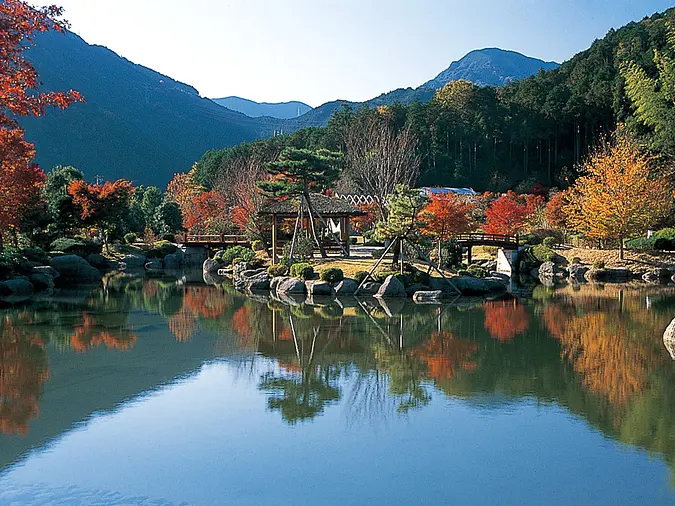
This facility was built in honor of Gonbe, who is famous for the folk song, ``If Gonbe sows, the crows will come...''
Inside the park, you can enjoy a leisurely stroll through a magnificent Japanese garden in the style of a stroll around the forest and springs, as well as the ``Gonbei House,'' which exhibits items related to Mr. Gonbei and folklore materials from KihokuTown. The museum's exhibition room and tea room can also be used as a place for cultural training.
Yumekodo Owase (OwaseCity)
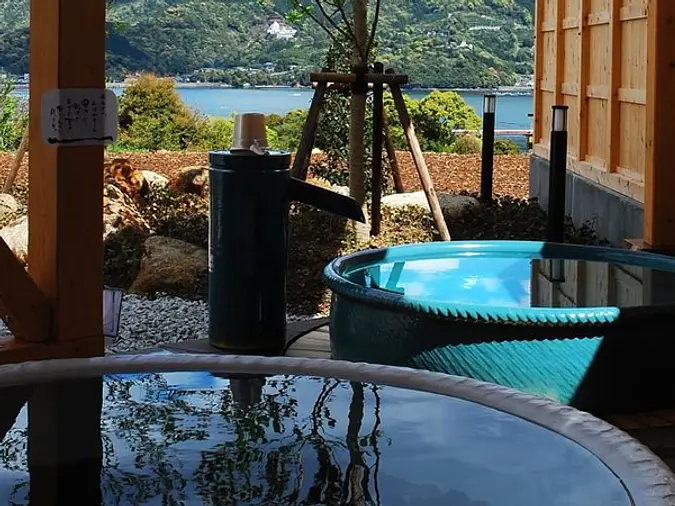
In the product building, which is a relocated 150-year-old traditional house, you can buy special products unique to Owase and enjoy a buffet of local mom's cuisine. At Yumekodo-no-Yu, a bath with deep ocean water that retains moisture and heat, you can take a bath while admiring the spectacular view of the world heritage Kumano Kodo Magose-togePass and Owase Bay.
Kanayama Pilot Farm/Tourist Farm/Direct Sales Shop “Kuma no Paradise” (KumanoCity)
At Kanayama Pilot Farm, we deliver a variety of mandarin oranges depending on the season. Each mandarin orange has a unique flavor and is in different seasons. Be sure to try the various varieties of mandarin oranges grown at Kanayama Pilot Farm.
It is held from mid-October to early December.
Arimanomura Otsuna Chaya (KumanoCity)
Hana-no-Iwaya is registered as a World Heritage Site along with Kumano Kodo. Said to be Japan's oldest shrine, it does not have a main building, but instead is a huge rock approximately 45 meters high that serves as its object of worship. There is a hospitality restaurant called ``Otsuna Chaya'' next to the Hana-no-Iwaya.
This is a facility where visitors to Hana-no-Iwaya can stay in a relaxed manner, and provide information about Hana-no-Iwaya through meals and merchandise sales. The facility is full of charm, with plenty of resting spaces created with verandas, etc., creating a comfortable space with the atmosphere of a sacred Hana-no-Iwaya.
Related information
Mie Prefectural Kumano Kodo Center (OwaseCity)
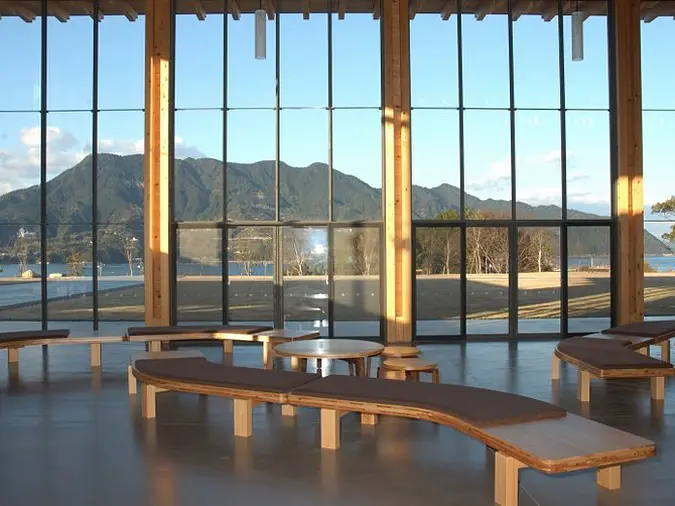
A visitor center packed with up-to-date information to help you experience Kumano Kodo more deeply.
From time to time, we hold experiential learning experiences that take advantage of Kumano Kodo and its surrounding nature, such as mountains, oceans, and rivers, as well as lectures and lectures on the history and culture of Kumano Kodo.
It is a large wooden space with a more old-fashioned feel than ever before, built only from 135mm square solid Owase Hinoki wood.
Michi-no-eki “Kumano/Itaya Kurobei no Sato” (KumanoCity)
Michi-no-eki "Kumano Itaya Kurobee no Sato" is a newly opened Michi-no-eki in KumanoCity Kumano City on April 7, 2018.
You can purchase locally grown vegetables and souvenirs. The juice is made using Niihime, a new type of citrus fruit discovered in KumanoCity, and is perfect for those who are tired of driving as it has a refreshing citrus aroma.
Related information
Michi-no-eki“ Kii-NagashimaManbo” (Kihoku Town, KihokuTown)
Located within Kumanonada Rinkai Park, it is perfect for a break or a stroll. In addition to selling fresh seafood and specialty products, the sunfish that gives the station its name are both delicious in both flesh and shank. Sushi and boxed lunches are popular, and you can also enjoy freshly baked bread. There is a plaza where people can interact with things, an information break corner, a local products sales corner, a cafe/snack corner, and a bakery sales corner.
Related information
Michi-no-eki “Park Shichirimihama” (Mihama Town, MihamaTown)
In addition to a local produce store selling local agricultural products and specialty products, there is also a supermarket, restaurant, and Kumano Kodo PR museum. The view of Shichirimihama Beach from the restaurant on the third floor is impressive.
Related information
Michi-no-eki“ KihochoUmigamePark” (Kihocho, Minamuro KihoTown)
"KihochoUmigamePark" Sea Turtle Fureai Park breeds and researches sea turtles, and you can observe real sea turtles swimming from above the pool and from the underwater window. Also popular are the saltwater fish tank that swims in the Kumano Sea and the touching pool where you can interact with seaside creatures. We also hold events where you can actually touch sea turtles (admission is free).
The product sales corner sells many locally grown agricultural products.
Furthermore, at the snack corner, you can enjoy meals made with local ingredients at reasonable prices while looking out at the beautiful Kumano Sea.
Related information
CampinnMiyama (Kihoku Town, KihokuTown)
This is a campsite with three attractions: sea, mountain, and river. We recommend playing in the Choshi River, where the water is surprisingly clear. Try canoeing or bring your underwater glasses and take a look at the natural aquarium.
There are also a variety of events such as wood craft classes and stone craft classes. You can enjoy forest bathing, play and relax all day long.
Seafood and yakiniku barbecue using plenty of seafood from KihokuTown. After enjoying the beach, playing in the river, or hiking the Kumano Kodo trail with your family or group, enjoy the bounty of nature with a barbecue to your heart's content. It has a roof, so you don't have to worry about rain.
Magotaro Auto Campsite (Kihoku Town, KihokuTown)
A location overlooking the calm waters of nagashima Bay, surrounded by mountains surrounded by beautiful flowers and greenery. A four-star campsite with tent sites, cottages, log cabins, and even rental equipment.
We have facilities and a management system that are safe for beginners. You can enjoy a variety of activities such as fishing, playing on the shore, and sea kayaking in the ocean that stretches out in front of your eyes.
Related information
Hisetsu-no-takiFalls Campsite (KihoTown, Minamuro District)
This is a campsite where you can enjoy magnificent scenery right in front of you, including the beautiful `` Hisetsu-no-takiFalls'' waterfall, which is 30 meters high and 12 meters wide, and the spray that rises from the waterfall literally looks like snow.
There are 8 tent sites, 8 cottages, a store/community facility (front desk), a kitchen building, and a promenade that takes you through the rich natural environment.
At Hisetsu-no-takiFalls, located within the campsite, everyone from children to adults can enjoy playing in the water in the waterfall basin during the summer.
Related information
Atashika Beach (KumanoCity)
A beach with calm waves in Atashika Bay that was selected as one of the 100 best beaches by the Environment Agency.
The shallow, clear blue water and white sand beach are popular, and the area is crowded with people during the peak season. On the sandy beach, colorful tents are lined up and you can fully enjoy outdoor life. In recent years, you can also enjoy marine sports such as SUP (stand up paddleboarding) and sea kayaking.
Related information
Click here for special features on tourist spots in other areas of Mie Prefecture.
〇Special feature on popular, standard, and little-known tourist spots in the Hokusei area
〇Special feature on popular, standard, and little-known tourist spots in the Chunanse area
〇Special feature on popular, standard, and little-known tourist spots in the Ise-Shima area
〇Special feature on popular, standard, and little-known tourist spots in the Iga area
| Category | |
|---|---|
| season | |
| area |






